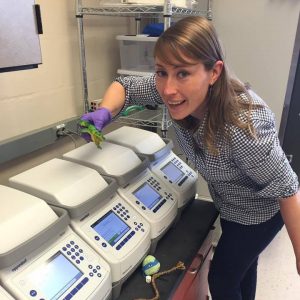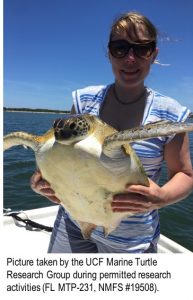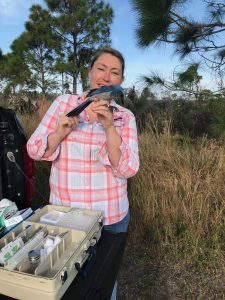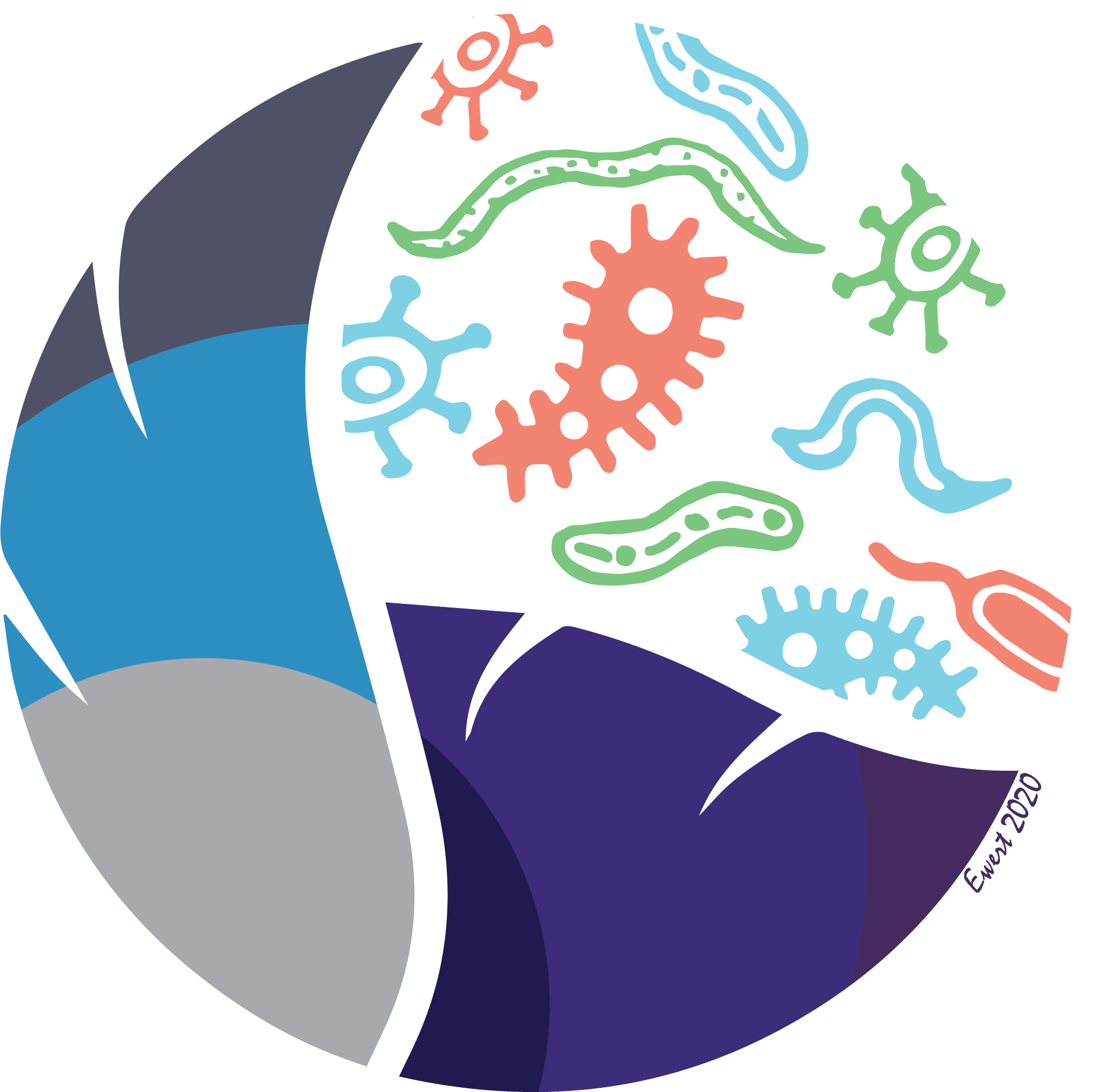Immune-based Maternal Effects in Tree Swallows
Antigenic effects of environmental microbes on maternal deposition of yolk antibodies
Female birds are consistently exposed to a broad diversity of bacteria in the nesting environment during breeding because of the significant amount of time they spend nest-building, incubating, and rearing their young. I conducted a comprehensive study to investigate how the antigenic environment created by nest-dwelling bacteria influences the deposition of protective immune compounds into eggs and consequently how these compounds translate into maternal effects upon offspring immune development and function. To address these questions, I used a two-pronged approach to characterize variation and plasticity in female deposition of protective immune compounds into eggs: (1) Comparative approach: I tested the hypothesis that female tree swallows breeding in areas with higher diversities of nest bacteria deposit more immune compounds into their eggs than do females breeding in areas with less diverse bacteria. (2) Experimental approach: I tested the hypothesis that maternal antibody deposition is a flexible trait that can rapidly respond to modifications of the nest microbiome. This research also allowed me to evaluate the relative influences of bacterial abundance vs. diversity on host immune investment. Naturally occurring nest bacteria were isolated, cultured, and transplanted to active experimental nests to manipulate microbial community structure.
Unraveling the Tree Swallow Nest Microbiome
Biogeography of host-associated microbial communities across the tree swallow breeding range
 I have recently completed work testing for large- and small-scale patterns of diversity and distribution of bacterial communities sampled from the nests of tree swallows breeding at 15 sites across North America. Little is known about avian-associated bacteria from wild populations, especially at a large spatial scale and so this work provides a first glimpse into the structure of the avian nest microbiome across an entire breeding range. This work indicates that there are no significant geographic patterns in bacterial richness or diversity at the large geographic scale, but that elevation effects may be present at a small spatial scale. Ongoing analyses will differentiate between the effects of geography and climate on alpha- and beta-diversities of microbial communities and address analytical considerations relating to scale of sampling.
I have recently completed work testing for large- and small-scale patterns of diversity and distribution of bacterial communities sampled from the nests of tree swallows breeding at 15 sites across North America. Little is known about avian-associated bacteria from wild populations, especially at a large spatial scale and so this work provides a first glimpse into the structure of the avian nest microbiome across an entire breeding range. This work indicates that there are no significant geographic patterns in bacterial richness or diversity at the large geographic scale, but that elevation effects may be present at a small spatial scale. Ongoing analyses will differentiate between the effects of geography and climate on alpha- and beta-diversities of microbial communities and address analytical considerations relating to scale of sampling.
The Gut Microbiome of Florida Sea Turtles
Characterizing natural variation among species and with Fibropapillomatosis status
 The digestive tract is inhabited by a diverse and abundant bacterial community that is critical to many aspects of host health including immune function and digestion. This gut microbiome is sensitive to external perturbations, which can significantly affect host physiology. Thus, comprehensive understanding of microbiome composition and variation is valuable for informing assessments of health status and disease susceptibility. Recent increased cost-effectiveness of high-throughput DNA sequencing technology has resulted in an enormous uptick in microbiome studies. The characterization of microbiota sampled from wildlife populations presents a powerful avenue of inquiry for understanding susceptibility of wild organisms to disease, toxins, and other factors. Yet, relatively little is currently known about the sea turtle gut microbiome, what the composition of a healthy gut microbial community looks like, or how deviations from the norm relate to turtle health status. Although limited baseline microbiome data have been collected for green turtles (Chelonia mydas) and loggerheads (Caretta caretta), the sample sizes were very low, and no published data are available for the Kemp’s ridley (Lepidochelys kempii). Variability in results among the few studies indicates need for a larger scale approach to understand sea turtle microbiome. In collaboration with Dr. Erin Seney and the UCF Marine Turtle Research Group, we are using stranded turtles as a source of large numbers of gut swab samples for a large-scale microbiome project targeting Florida’s three most common species. Specifically, we are using DNA metabarcoding to (1) characterize the gut microbiome of green, loggerhead, and Kemp’s ridley sea turtles to investigate intra- and interspecific variation in bacterial richness, diversity, and composition; (2) test the hypothesis that sea turtles infected with chelonid fibropapilloma-associated herpesvirus differ in microbiome composition from non-infected individuals; and (3) validate the use of gut samples from stranded turtles as a proxy for samples from wild-caught turtles for accurately characterizing gut microbiome. Sea turtle strandings represent an untapped opportunity to investigate microbiome, which, if validated through this study, will open up multiple avenues of inquiry for future research. Our establishment of sea turtle species’ typical microbiome composition can inform conservation efforts by identifying populations particularly sensitive to disease and mortality based on presence of gut microbiota that deviate from the norm. Results may indicate bacteria that are associated with disease states and that can be used as biomarkers for health status, including susceptibility to fibropapillomatosis.
The digestive tract is inhabited by a diverse and abundant bacterial community that is critical to many aspects of host health including immune function and digestion. This gut microbiome is sensitive to external perturbations, which can significantly affect host physiology. Thus, comprehensive understanding of microbiome composition and variation is valuable for informing assessments of health status and disease susceptibility. Recent increased cost-effectiveness of high-throughput DNA sequencing technology has resulted in an enormous uptick in microbiome studies. The characterization of microbiota sampled from wildlife populations presents a powerful avenue of inquiry for understanding susceptibility of wild organisms to disease, toxins, and other factors. Yet, relatively little is currently known about the sea turtle gut microbiome, what the composition of a healthy gut microbial community looks like, or how deviations from the norm relate to turtle health status. Although limited baseline microbiome data have been collected for green turtles (Chelonia mydas) and loggerheads (Caretta caretta), the sample sizes were very low, and no published data are available for the Kemp’s ridley (Lepidochelys kempii). Variability in results among the few studies indicates need for a larger scale approach to understand sea turtle microbiome. In collaboration with Dr. Erin Seney and the UCF Marine Turtle Research Group, we are using stranded turtles as a source of large numbers of gut swab samples for a large-scale microbiome project targeting Florida’s three most common species. Specifically, we are using DNA metabarcoding to (1) characterize the gut microbiome of green, loggerhead, and Kemp’s ridley sea turtles to investigate intra- and interspecific variation in bacterial richness, diversity, and composition; (2) test the hypothesis that sea turtles infected with chelonid fibropapilloma-associated herpesvirus differ in microbiome composition from non-infected individuals; and (3) validate the use of gut samples from stranded turtles as a proxy for samples from wild-caught turtles for accurately characterizing gut microbiome. Sea turtle strandings represent an untapped opportunity to investigate microbiome, which, if validated through this study, will open up multiple avenues of inquiry for future research. Our establishment of sea turtle species’ typical microbiome composition can inform conservation efforts by identifying populations particularly sensitive to disease and mortality based on presence of gut microbiota that deviate from the norm. Results may indicate bacteria that are associated with disease states and that can be used as biomarkers for health status, including susceptibility to fibropapillomatosis.
Diet Metabarcoding in Sea Turtles and Purple Martins
Understanding foraging ecology and validating genomic methods for characterizing diet


In an exciting collaboration with Dr. Erin Seney of the UCF Marine Turtle Research Group, we are working on optimizing DNA metabarcoding methods for characterizing the diets of Florida sea turtles. Undergraduate student Christine Sarkis has been spear-heading these efforts in the lab by testing out potential primer sets to maximize taxonomic breadth while minimizing non-specific amplification. Gut samples collected from sea turtles are also being used to characterize microbial communities to understand how the microbiome relates to foraging ecology and disease susceptibility. Genomic methods conducted in the Forsman lab will be validated against observational ID data collected by Dr. Seney and her students.
More recently, undergraduate student Stephanie Gaspar has been working on optimizing diet metabarcoding methods for use with fecal samples collected from purple martins by collaborators in Orlando, Erie (PA), and Manitoba (Canada). These samples will be analyzed by Dr. Forsman’s Genomics Course during Spring 2020 to look at geographic variation in foraging ecology and gut microbiome composition.
 Eco-immunology and immunogenetics in the endangered Florida Scrub Jay
Eco-immunology and immunogenetics in the endangered Florida Scrub Jay
Effects of blood parasites on disease susceptibility and reproductive success in the Florida Scrub Jay and in relation to immunogenetics.
 I am currently collaborating with UCF investigators, Dr. Anna Savage, Dr. Eric Hoffman, and Dr. Dave Breininger, to investigate disease susceptibility and immunogenetics of Florida Scrub Jays along the east coast of central Florida. My collaboration with Dr. Breininger and his FSJ team is developing into a more intensive investigation of blood parasites and their effects on the host immune system and gut microbiome. More to come on this soon!
I am currently collaborating with UCF investigators, Dr. Anna Savage, Dr. Eric Hoffman, and Dr. Dave Breininger, to investigate disease susceptibility and immunogenetics of Florida Scrub Jays along the east coast of central Florida. My collaboration with Dr. Breininger and his FSJ team is developing into a more intensive investigation of blood parasites and their effects on the host immune system and gut microbiome. More to come on this soon!
Applying Genomic Approaches to Ecotoxicological Questions
Collaborative studies of amphibians and birds
In collaboration with the Audubon Center for Birds of Prey (Maitland, FL), M.S. student Jenny Bouchenot is currently working on a thesis project looking at heavy metal load in raptor species sampled in central Florida. Through this collaboration, Jenny has access to tissue and feather samples from a large number of specimens that the Center receives. Jenny is conducting a large-scale study to investigate variation in heavy metal accumulation among species, habitats, and foraging ecologies. She is also working on optimizing tissue sampling to determine the most accurate and least invasive approach for surveying heavy metal contamination in wild birds.
I am currently collaborating with two separate groups (Northern Arizona University; UConn & University of South Florida) on projects utilizing RNAseq to investigate effects of environmental contaminants on gene expression in amphibians. Stay tuned, as results should be published in 2020!
Ecological Immunology and Behavioral Ecology of Breeding Birds
Searching for evidence of indirect genetic benefits from extra-pair fertilizations in house wrens
As part of my graduate research I worked on questions relating to the implications of female mate choice on offspring immune function in free-living house wrens (Troglodytes aedon). My work addressed the hypothesis that female house wrens engage in extra-pair mating to increase the immunocompetence of resulting offspring. Specifically, I tested the prediction that in broods of mixed paternity, nestlings sired by extra-pair males should mount stronger immune responses than their half-sibling brood mates, sired by the within-pair males (i.e., the social mate tending the nest). I performed in vivo immune assays in the field to assess cutaneous immune activity and antigen-specific antibody production, and in vitro assays to assess microbial killing capacity of blood samples. Contrary to my predictions, I found that within-pair nestlings expressed higher cutaneous immune activity than their extra-pair half siblings. But interestingly, extra-pair nestlings were found to be structurally larger (i.e., longer tarsi) than within-pair nestlings, suggesting a potential trade-off between growth and immune development or function. The results from this work have been published in the Journal of Evolutionary Biology, Molecular Ecology, and Physiological and Biochemical Zoology, and have been presented at national and international professional meetings.
